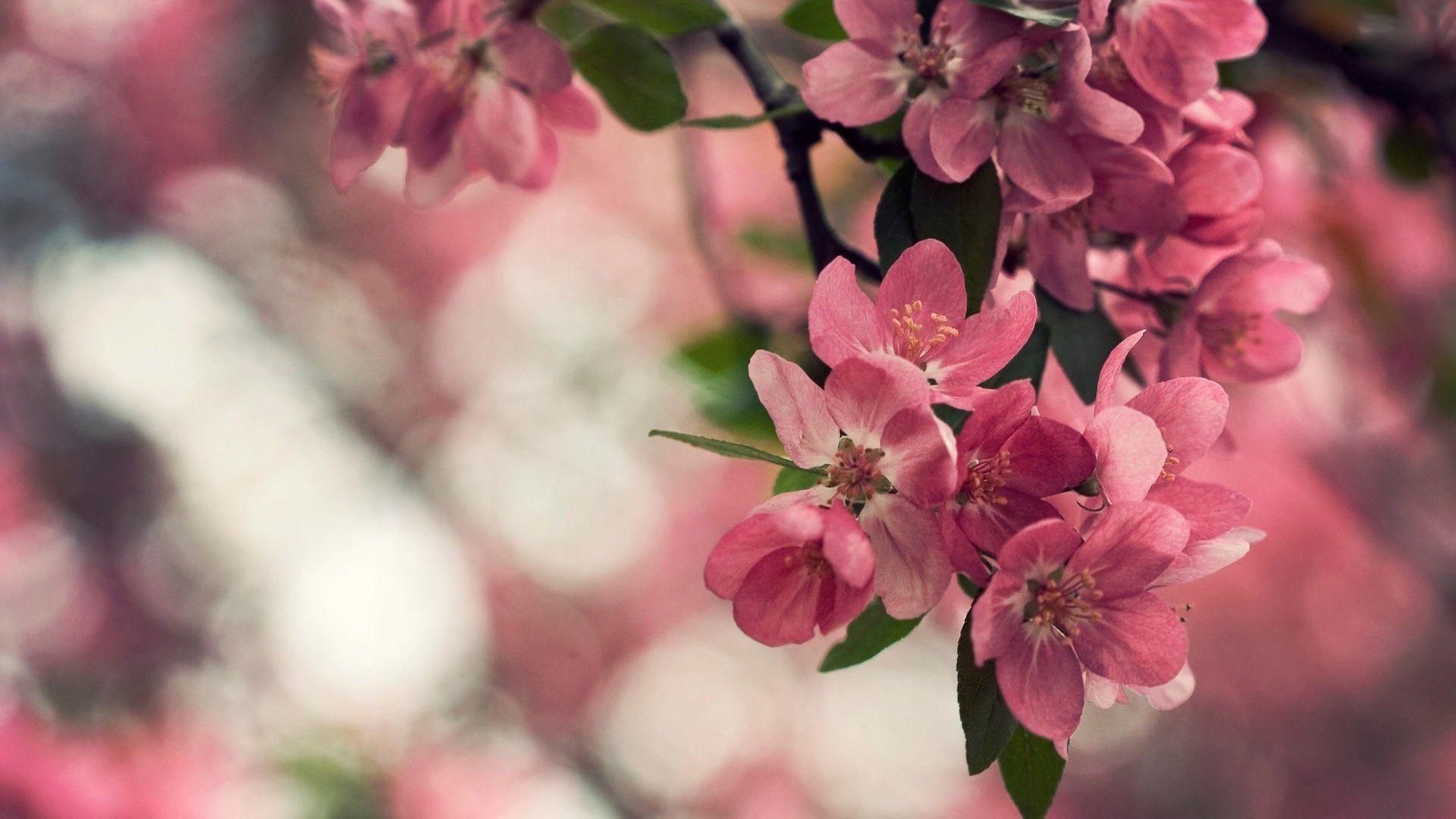How to Grow Flowers for a Colorful Garden: A Vibrant Guide
/GettyImages-5690082971-b36e481c59154a2ba24ff51ea13e1adb.jpg)
Imagine stepping into a garden where a symphony of colors greets you, each hue dancing with the next in a harmonious display of nature's finest artistry. Growing flowers for a colorful garden is not just about planting seeds; it's about creating a living masterpiece that reflects your personality and brings joy to all who visit. Let's dive into the world of blooming flowers and explore how you can transform your garden into a vibrant oasis.
Understanding the Basics of Garden Design
Before you start planting flowers, it's essential to understand the fundamentals of garden design. Think of your garden as a canvas where you can paint with colorful plants. The key is to balance form, texture, and color to create a visually appealing space.
Choosing the Right Location
The first step in growing flowers for a colorful garden is selecting the right location. Most flowers thrive in areas with plenty of sunlight, so choose a spot that gets at least six hours of sun daily. Also, consider the soil quality and drainage, as these factors significantly impact plant growth.
Planning Your Flower Beds
When planning your flower beds, consider the size and shape of your garden. You can create formal or informal designs depending on your preference. Formal gardens often feature symmetrical patterns and geometric shapes, while informal gardens have a more natural, flowing layout.
Selecting Colorful Plants for Your Garden
Choosing the right plants is crucial for creating a colorful garden. Here are some tips to help you select the perfect blooming flowers for your space.
Consider Bloom Times
To ensure a continuous display of color throughout the growing season, select plants with different bloom times. Early bloomers like tulips and daffodils can be followed by mid-season flowers such as roses and dahlias, and late-season bloomers like asters and chrysanthemums.
Mix and Match Colors
Don't be afraid to experiment with color combinations. You can create stunning contrasts by pairing complementary colors like blue and orange or purple and yellow. Alternatively, you can opt for a monochromatic scheme with varying shades of a single color for a more subtle effect.
Incorporate Different Heights and Textures
A well-designed garden should have a mix of heights and textures. Tall plants like delphiniums and hollyhocks can provide a striking backdrop, while shorter plants like pansies and marigolds add depth and interest to the foreground.
Planting Flowers: A Step-by-Step Guide
Now that you have a plan and the right plants, it's time to start planting flowers. Follow these steps to ensure your colorful garden thrives.
Prepare the Soil
Before planting, prepare the soil by removing any weeds and adding organic matter like compost or well-rotted manure. This will improve soil fertility and drainage, giving your plants the best start possible.
Plant at the Right Depth
When planting flowers, make sure to plant them at the correct depth. Most plants should be planted at the same depth as they were in their nursery pots. This ensures that the roots have enough room to grow and the plant can establish itself quickly.
Water and Mulch
After planting, water your flowers thoroughly to settle the soil around the roots. Apply a layer of mulch around the base of the plants to retain moisture, suppress weeds, and regulate soil temperature.
Maintaining Your Colorful Garden
A beautiful garden requires regular maintenance to keep it looking its best. Here are some tips to help you care for your blooming flowers.
Regular Watering
Consistent watering is essential for healthy plant growth. Water your flowers deeply once or twice a week, depending on the weather and soil conditions. Avoid overwatering, as this can lead to root rot and other diseases.
Fertilize Wisely
Fertilizing your plants can help them grow stronger and produce more flowers. Use a balanced, slow-release fertilizer to provide a steady supply of nutrients throughout the growing season.
Prune and Deadhead
Regular pruning and deadheading (removing spent flowers) encourage plants to produce more blooms. This also helps maintain the overall shape and health of your plants.
Creating a Colorful Garden: Tips and Tricks
Here are some additional tips to help you create a stunning, colorful garden:
Use Containers
Containers are a great way to add color and interest to your garden. You can plant a variety of flowers in pots, window boxes, or hanging baskets to create a vibrant display.
Attract Pollinators
Pollinators like bees, butterflies, and hummingbirds are essential for a healthy garden. Plant flowers that attract these beneficial insects and birds to ensure your garden thrives.
Experiment with Annuals and Perennials
Annuals provide a burst of color for one season, while perennials return year after year. Mixing both types of plants can create a dynamic and ever-changing garden landscape.

Conclusion
Growing flowers for a colorful garden is a rewarding experience that allows you to express your creativity and connect with nature. By understanding the basics of garden design, selecting the right plants, and providing proper care, you can transform your outdoor space into a vibrant oasis. So, grab your gardening gloves and let your imagination run wild. Your colorful garden awaits!
FAQs
What are some easy-to-grow flowers for beginners? Some easy-to-grow flowers for beginners include marigolds, pansies, petunias, and zinnias. These plants are generally low-maintenance and provide a beautiful display of color.
How can I extend the blooming season of my garden? To extend the blooming season, choose plants with different bloom times. You can also deadhead spent flowers to encourage new growth and prolong the blooming period.
What are some drought-tolerant flowers for a colorful garden? Drought-tolerant flowers include lavender, coneflowers, and black-eyed Susans. These plants can thrive in dry conditions and add vibrant color to your garden.
How can I attract more butterflies to my garden? To attract more butterflies, plant nectar-rich flowers like butterfly bush, asters, and milkweed. These plants provide food and habitat for butterflies, encouraging them to visit your garden.
What are some shade-loving flowers for a colorful garden? Shade-loving flowers include impatiens, begonias, and hydrangeas. These plants thrive in partial or full shade and can add a splash of color to shady areas of your garden.

By following these tips and tricks, you can create a colorful garden that not only looks beautiful but also provides a haven for wildlife and a peaceful retreat for you and your family. Happy gardening!
0 Response to "How to Grow Flowers for a Colorful Garden: A Vibrant Guide"
Post a Comment